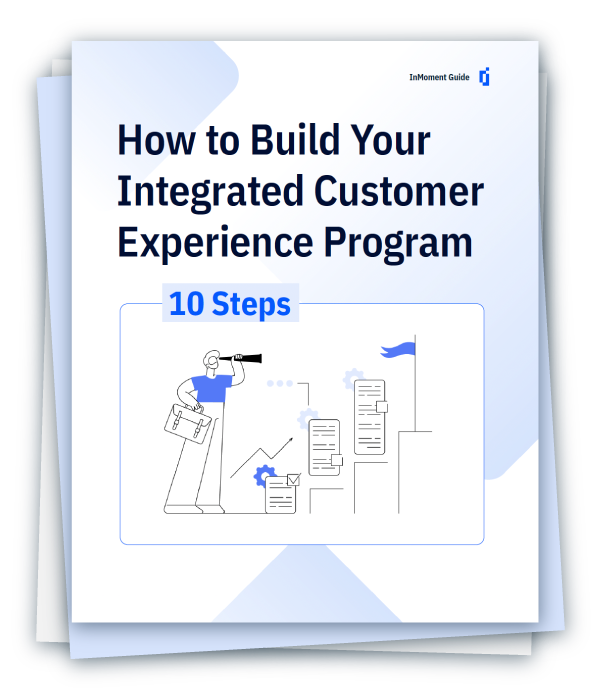
It turns out that your greatest asset in your efforts to create an excellent customer experience (CX) can actually be one of your greatest costs. What are we talking about? Your employees, of course! And, more specifically, employee churn.
Employees make or break the customer experience, and if they are not satisfied in their position, they can cost you money by negatively impacting customer experiences—or by packing up their bags and going elsewhere.
What Are the Effects of Employee Churn?
Employee churn is complicated. There are so many reasons why employees may choose to leave, whether it’s personal circumstances, career opportunities, or just a negative employee experience.
There are also many different effects to consider when you lose an employee, both tangible and intangible. When you lose an employee:
You Lose:
- Existing Customer Relationships: When you lose a customer-facing employee like a salesperson or an account manager, you can also lose their contacts and relationships. Take the example of an auto dealership. Some customers come back again to the same sales person because they have an excellent relationship and know that the experience they receive will be just as excellent. These customers will likely follow that sales person to their next dealership should they decide to move on.
- Employee Knowledge and Expertise: We all have been new on the job—and so we all know how difficult and lengthy the onboarding process can be. When employees that have become acclimated to your company and their roles leave, then you lose all the knowledge and expertise those employees have gained. And, you’ll need to start fresh with new employees. Additionally, you remaining employees will miss out on the mentorship of more tenured employees.
You Take on:
- Cost to Recruit and Replace: We bridged this subject in the previous section, but losing experienced employees means starting over. And in this economy, finding new employees is much more difficult than it has been in the past. When actively searching to fill a position, you can accrue recruiting costs from promoting your posting on job sites or from using recruiting agencies.
- Cost to Train and Develop Knowledge: Recruiting new employees is only the beginning of the costs. Once you’ve signed a contract, then the training begins. Check out the next section to discover how much that can truly add up to!
How Do You Calculate the Cost of Employee Churn?
Now that we’ve laid out how losing employees can cost you, it’s time to calculate that cost down to dollars and cents. Here is a quick equation you can use to add up the exact cost of training employees for your brand:
Sounds like a lot, right? It is! In fact, turnover can cost a company about 33% of an employee’s annual salary, according to Employee Benefits News.
How Employee Experience Programs Reduce Employee Churn (and More!)
When you focus your experience programs on making employees feel heard, removing friction from their everyday lives, and making them feel engaged and inspired by their job, you are investing in keeping employees around. And when you reduce churn, you reduce churn costs!
Here are just a few of the ways employee experience programs can benefit your business:
- Retain Top Talent: When you identify barriers that undermine the employee experience, understand why people leave and recover at-risk employees.
- Retain Customers: 68% of customers will leave because of poor employee attitude.
- Boost Brand Perception: 70% of customer brand perception is determined by experience with people.
- Encourage Cross-Sell and Upsell: 41% of customers are more loyal when they interact with employees with positive attitudes.
- Decrease Cost to Serve: Higher-quality experiences mean fewer calls to customer care and a subsequent reduction in call center costs.
- Increased Profitability: Engage and empower employees to take ownership of profitable CX outcomes. Companies with engaged employees are 21% more profitable.
Want to learn more about how you can boost employee engagement and your bottom line? Check out this free eBook!



